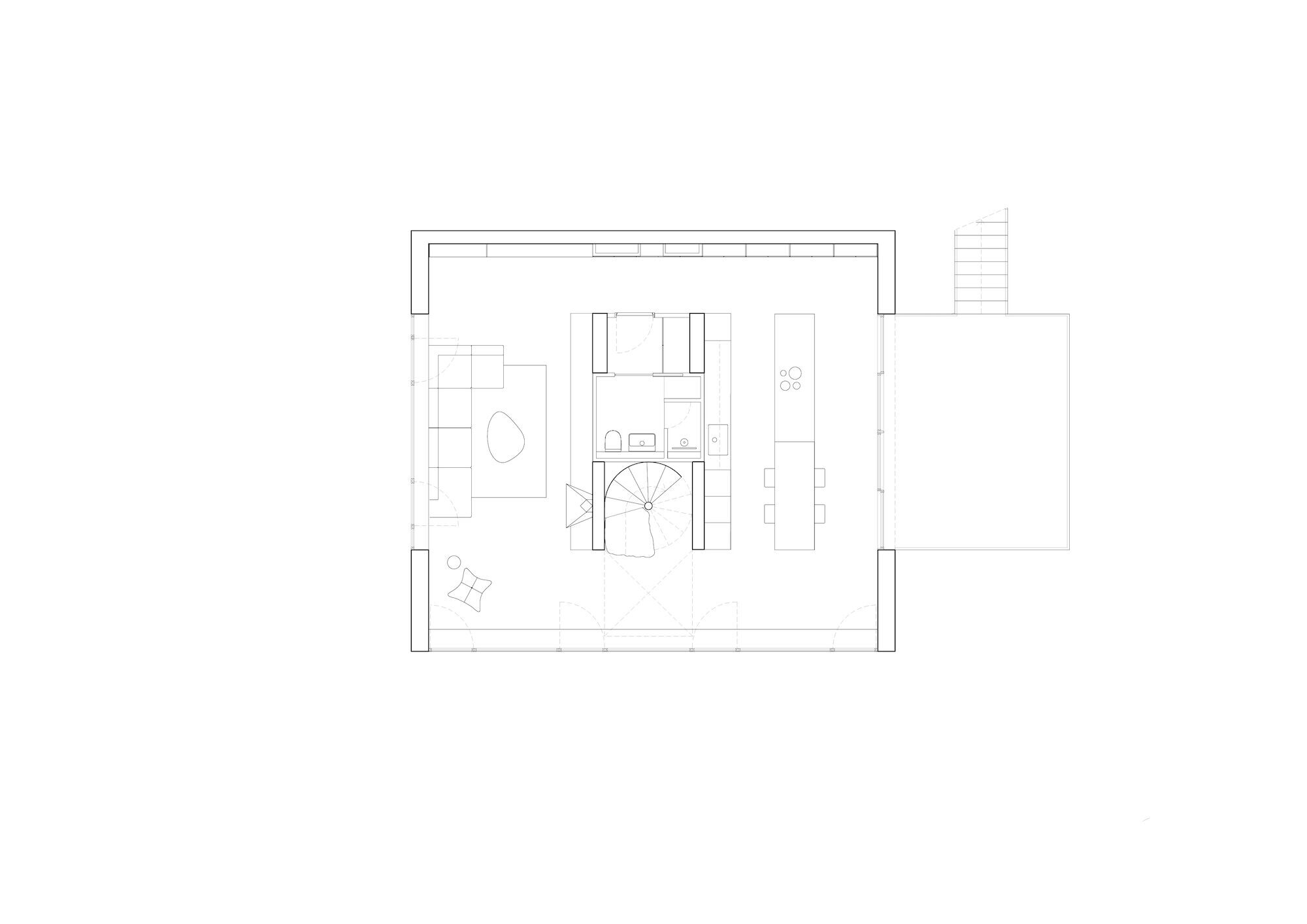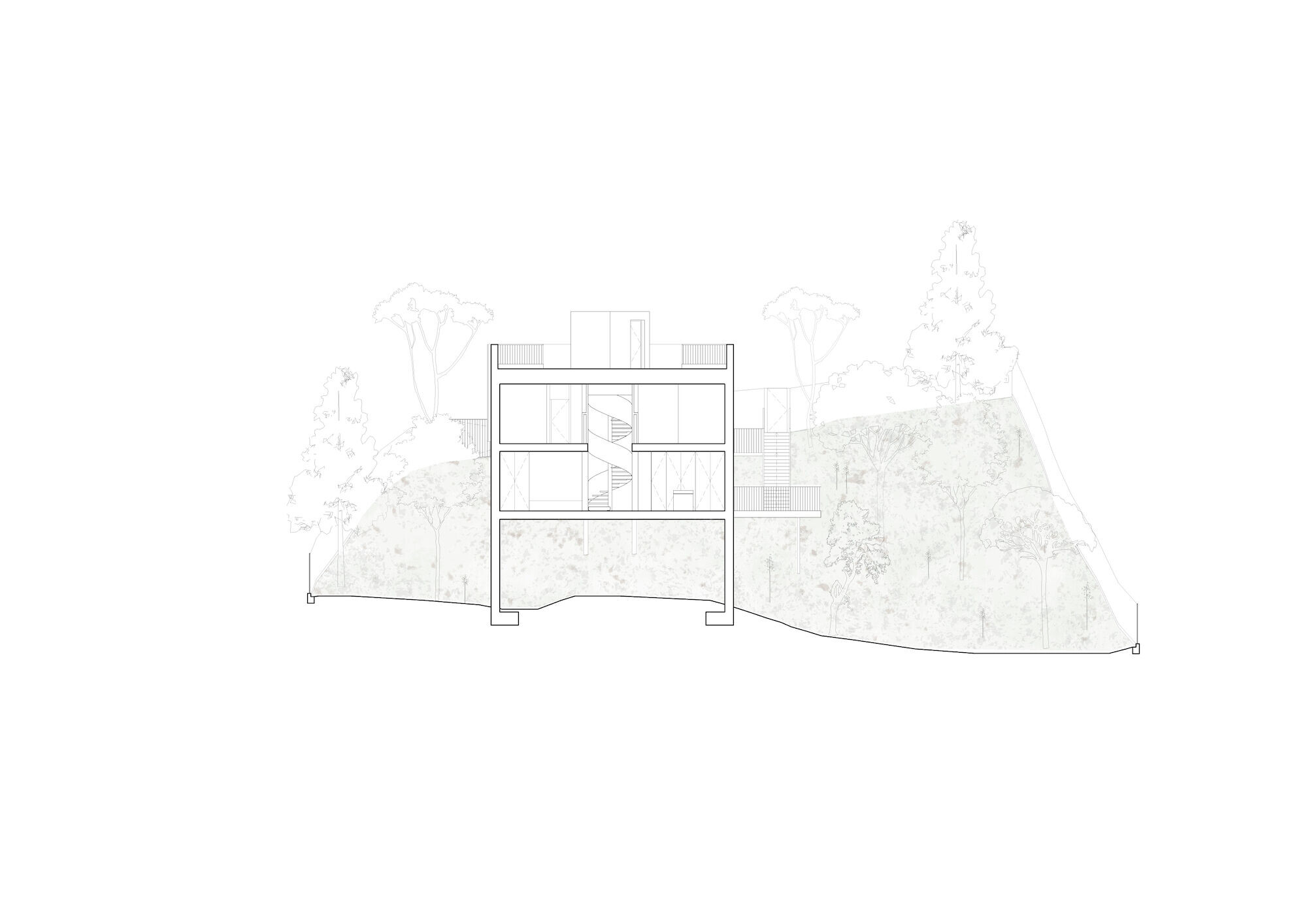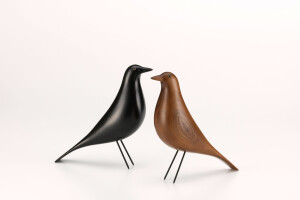Situated on an extreme 100% slope, the house rises while respecting the terrain and preserving the natural profile, avoiding major excavations into the slate rock. Designed to adapt to the landscape, it barely touches the ground, supported by a few concrete screens that serve as structural elements, leaving the terrain practically untouched. This creates a built layer that integrates into the environment without losing its own identity.
Access is from the upper level, where the house presents itself as a regular and hermetic volume. As the terrain descends, it becomes evident that the house barely rests on the rock at the rear, instead extending its "legs" (concrete screens) to find support on the facade walls and central core along the slope. A cantilevered staircase, connecting the pedestrian access and the parking area, descends and leads to the main level, where a large terrace welcomes visitors. This terrace extends seamlessly from a spacious kitchen-dining area, which opens onto the outdoor balcony through four large sliding windows. Once inside, the connection between indoors and outdoors is fluid and constant: the surrounding trees, with branches brushing against the façades, and the distant views of the valley and mountains, are revealed in every corner, creating a continuous dialogue between the house and its environment.


On the lower floor, a central block houses the staircase, bathroom, and pantry, freeing up the entire perimeter for a continuous flow of kitchen, living room, and viewing space. The latter faces the valley and features a built-in bench running along the entire glazed façade. These interconnected spaces are designed for both habitation and contemplation of the landscape. As a result, the house lacks a conventional entrance; instead, the arrival experience is defined by the large cantilevered slab—an extension of the kitchen—which features a large in-situ concrete and ceppo di gré stone island dining table, welcoming guests through food and drink. The interior staircase creates a double-height void, emphasizing visual and functional connectivity between floors within this continuous space. It then passes through a circular opening before emerging onto the roof through a square turret rotated 45°, allowing uninterrupted spatial flow and maintaining panoramic views from the rooftop.
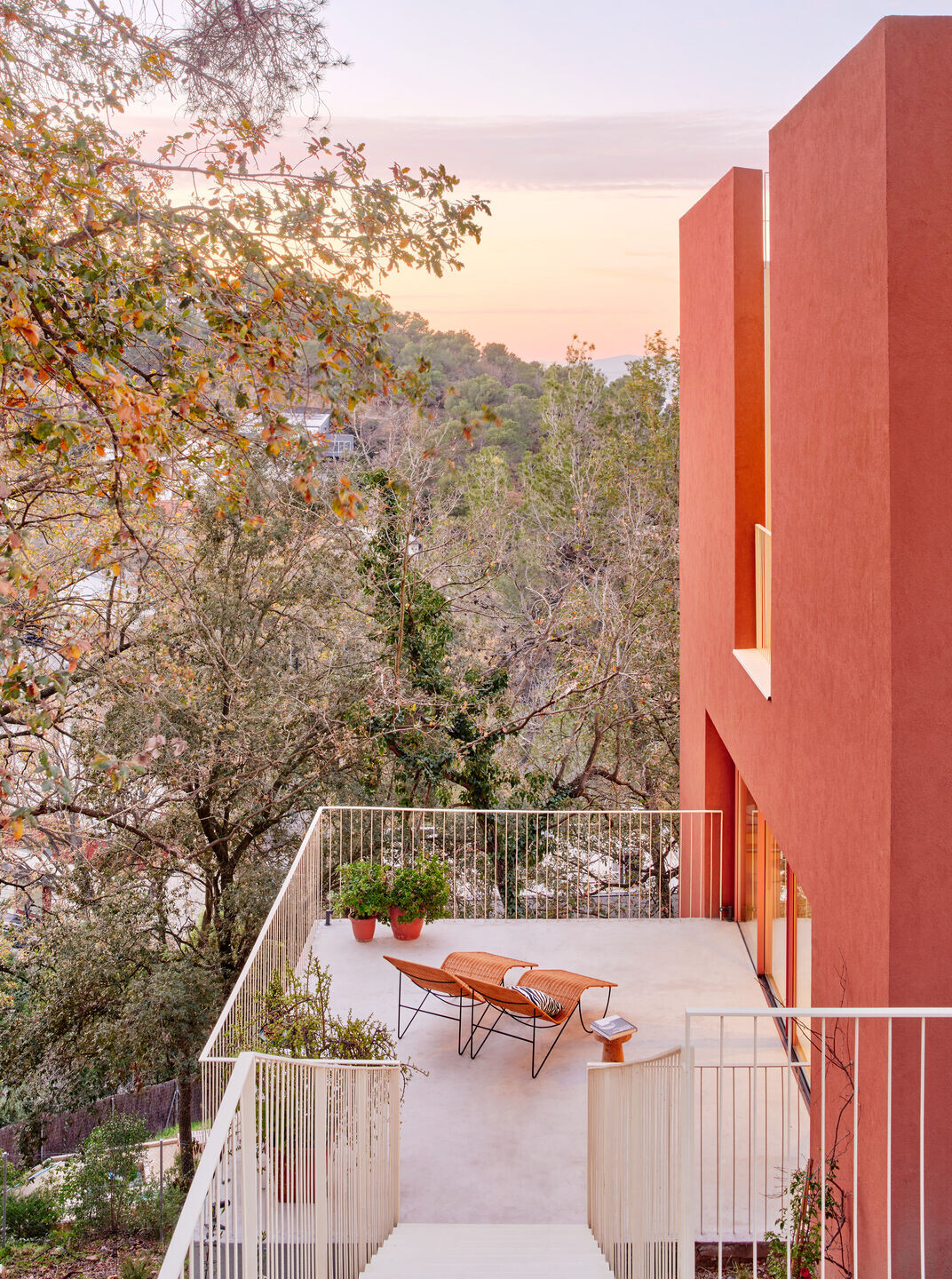

On the upper floor, a central space connects two small balconies that frame the landscape while providing access to three bedrooms and a bathroom. The master bedroom includes a walk-in closet and an ensuite bathroom, with sliding doors that allow for flexible space configuration. Even the shower is positioned to enjoy a new window, balancing views and privacy.
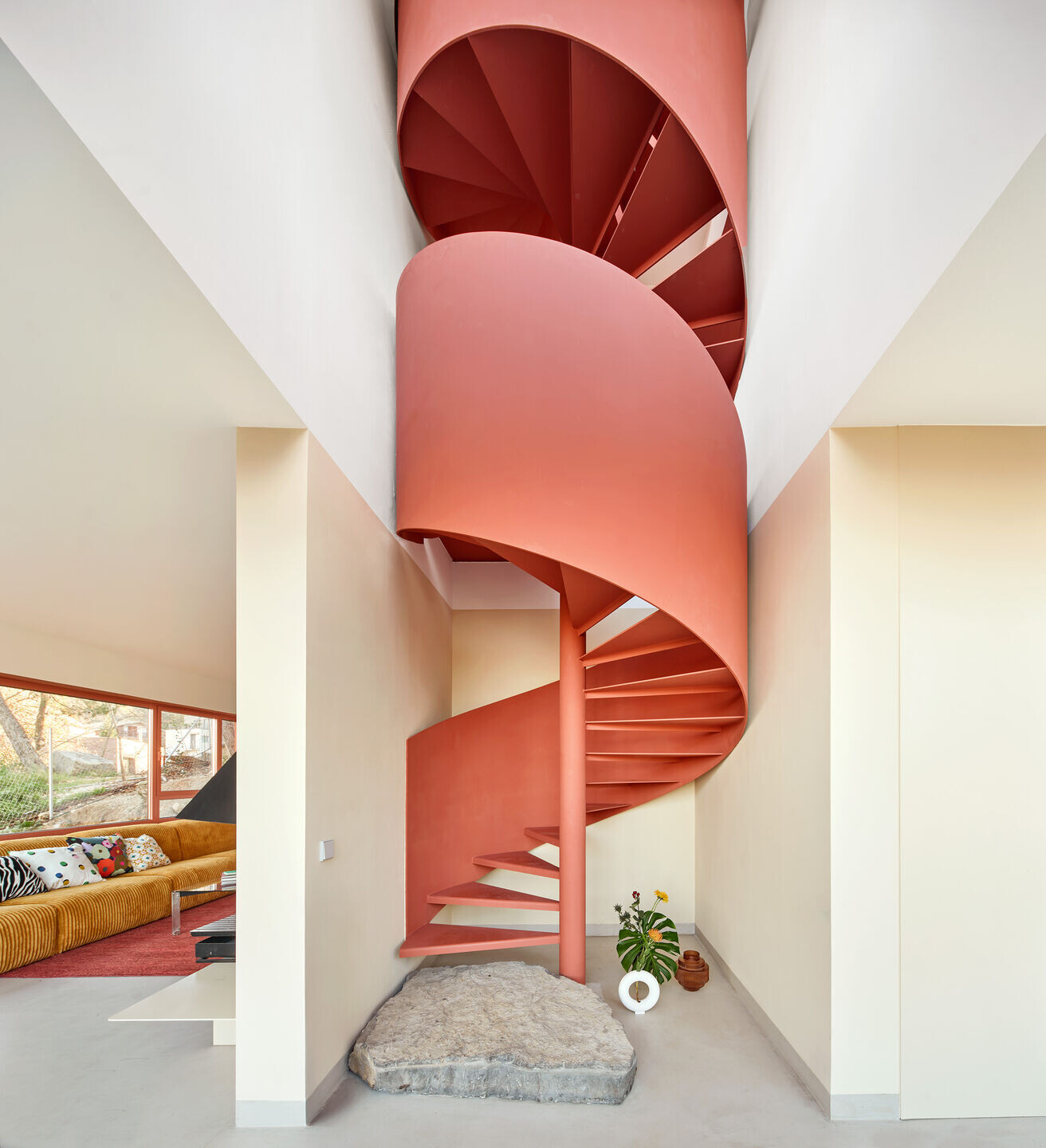

The house’s design follows the golden ratio in both plan and elevation, achieving a visual balance between simplicity and sophistication. The volume appears straightforward, with three of its façades—facing the entrance and neighboring properties—featuring carefully placed, restrained openings, some of which are covered with lattice screens to control sunlight. Even the first-floor balconies are inward-facing for greater intimacy. In contrast, the façade overlooking the valley is fully open, allowing for uninterrupted views. This openness is further emphasized by a subtle shift in color: a very light yellowish tone differentiates this façade from the earthy hues of the rest of the house, blending with the local soil while maintaining a distinct, almost paradoxical familiarity.
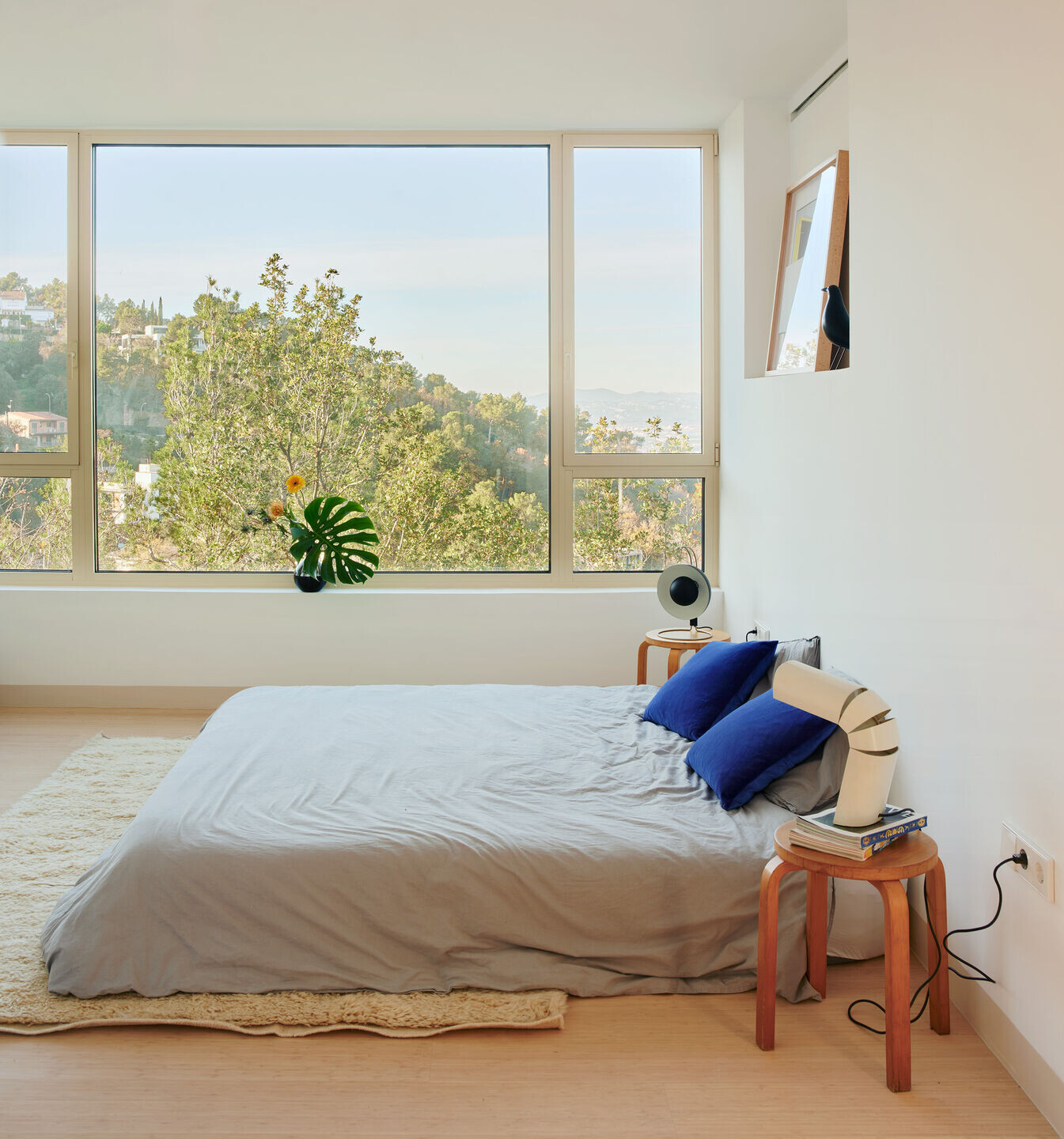

Structurally, the house is supported by concrete screens along the façades and central core, connected by exceptionally thin, 20 cm reinforced concrete slabs. No structural elements are visible inside, as the interior was designed as a seamless open space. Similarly, from the outside, the only visible supports are the slender concrete "legs."
The house features a radiant floor heating system in all rooms, with an efficient aerothermal system providing heating and cooling, powered by photovoltaic panels on the roof. Additional sustainable strategies include an external thermal insulation system without thermal bridges (even the underside of the ground floor slab is insulated), natural cross ventilation in all rooms, carefully controlled orientation and placement of openings (the glazed valley-facing façade receives minimal direct sunlight), a rainwater collection and reuse system, and a selection of simple, locally sourced materials. These elements contribute to an environmentally conscious home with high energy performance. Furthermore, the terrain remains largely untouched, with only two trees removed out of more than forty on-site.
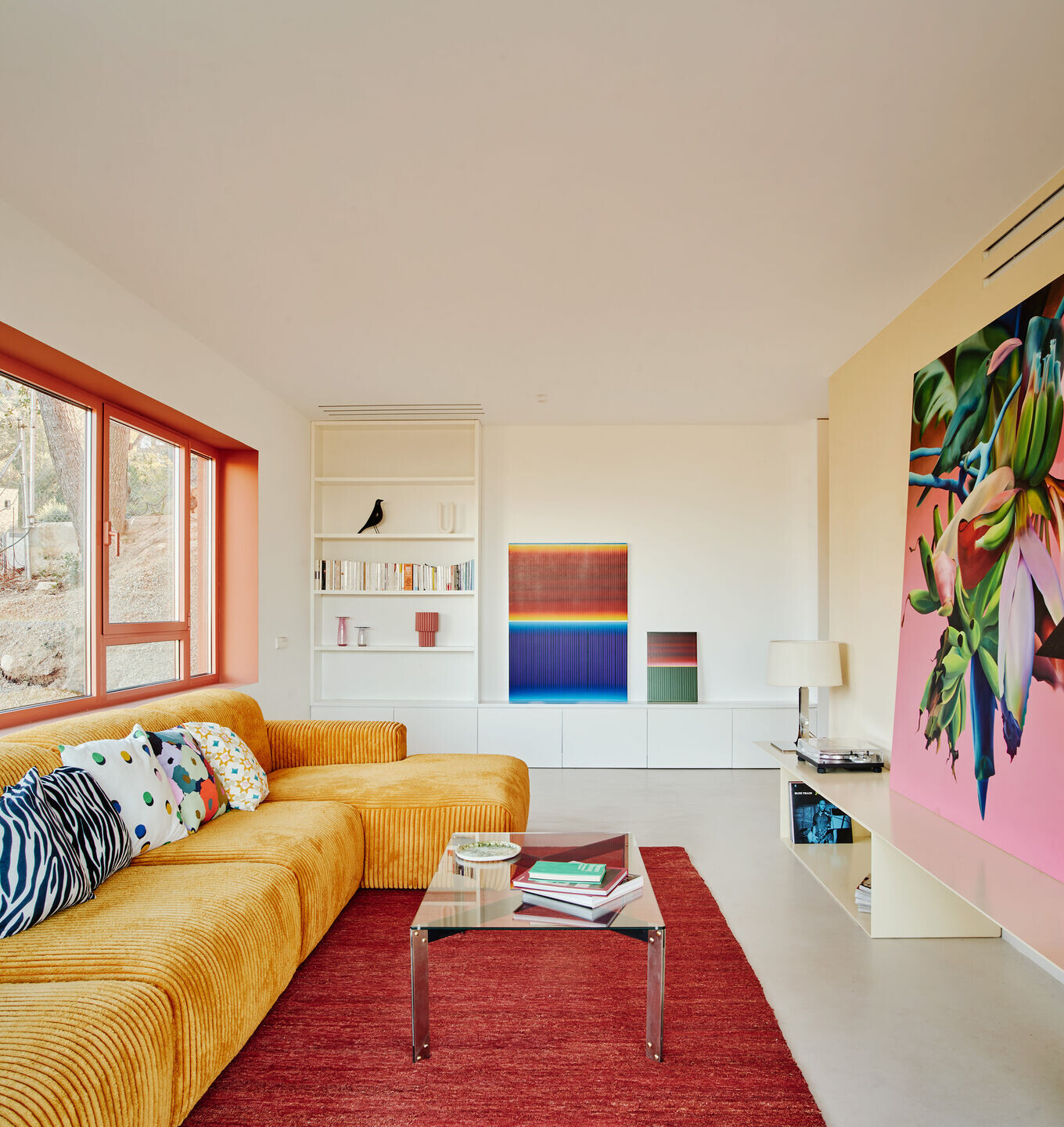
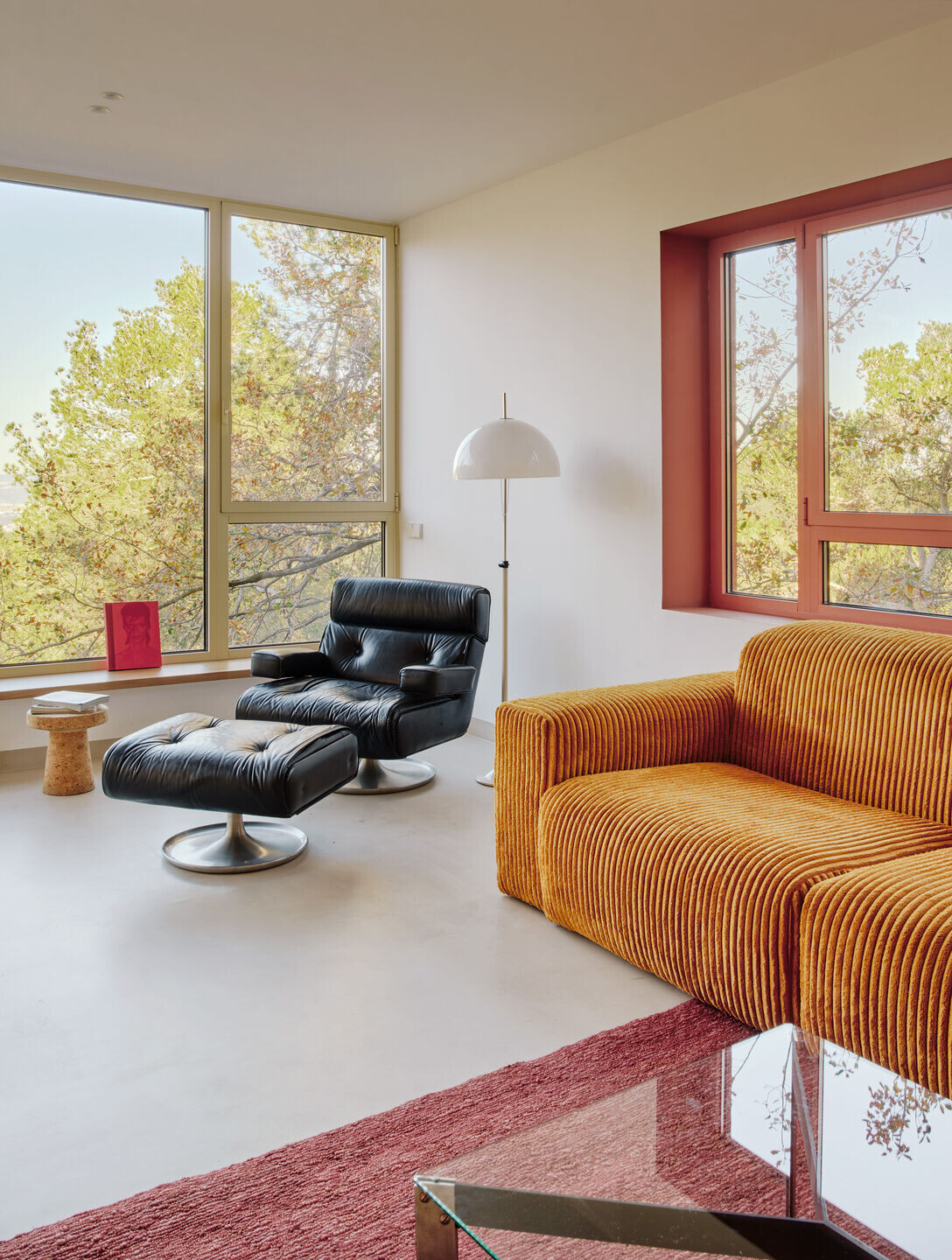
The first step of the house—an enormous piece of local rock—pays tribute to Carlo Scarpa’s approach to staircases, always conceived as an invitation to ascend. This element reflects the project's philosophy, blending sensitivity to the environment, formal and spatial inventiveness, landscape integration, and sustainability, resulting in a home that both respects and enhances the natural beauty of its surroundings.
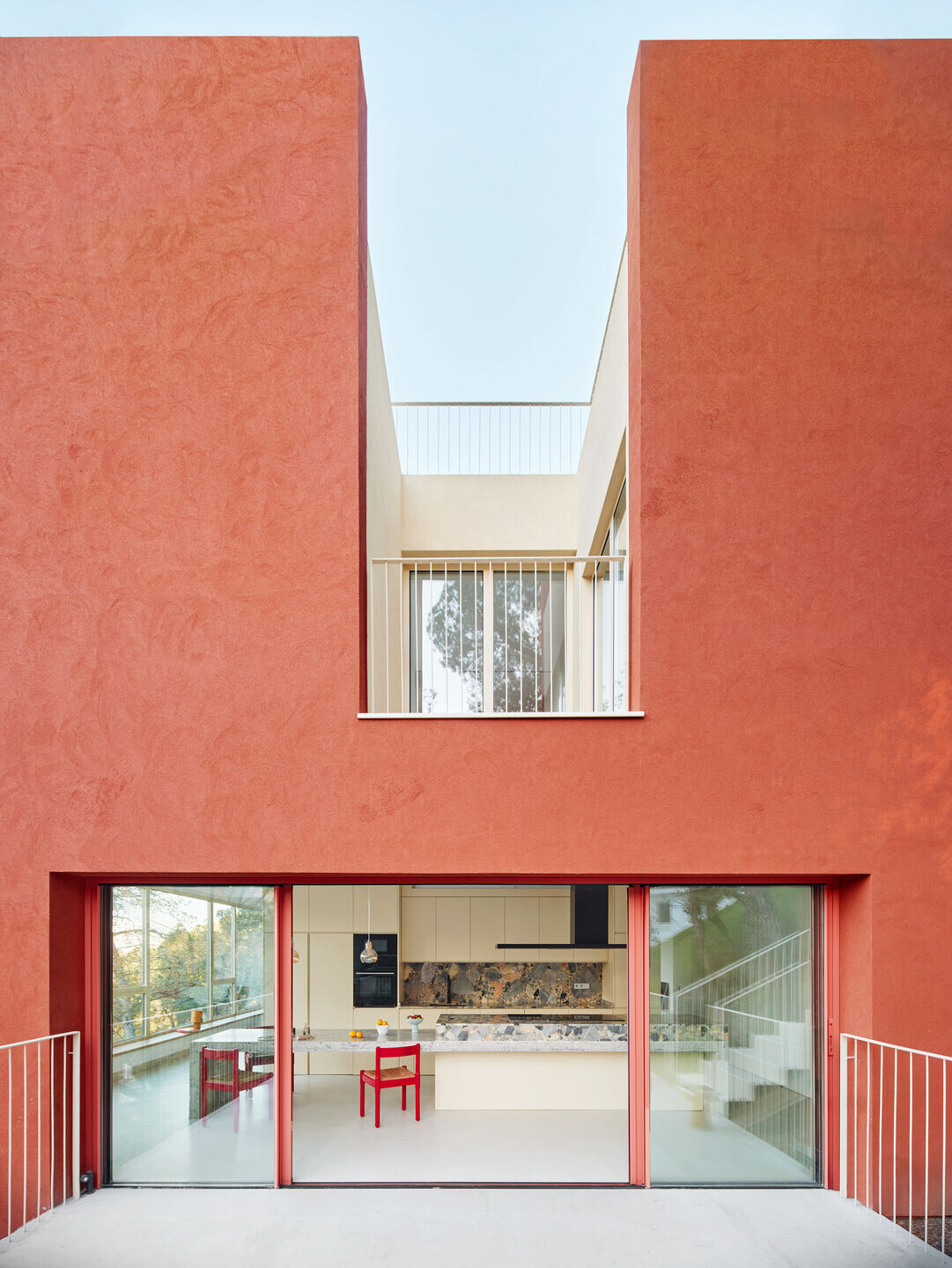

Team:
Architecture: Raúl Sánchez
Architecture: Paolo Burattini, Flavia Thalisa Gütermann, Dimitris Louizos, Carlos Montes
Structure consultant: Diagonal estructuras
Engineering: Marés ingenieros
Quantity Surveyor: Gruart
Photographer: José Hevia


Materials Used:
Kitchen:
Sillas Carimate - Vico Magistretti / Cassina – 1960
Terrasse kitchen:
Pareja de tumbonas de hierro y mimbre - c. 1960
Living room:
Chaise Lounge and otoman model P103. Osvaldo Borsani / Tecno - c. 1960
Coffee table - Miguel Milá / Gres – 1962
Floor lamp . Joan Antoni Blanc / Tramo – 1966
Lamp Bach. Federico Correa & Alfonso Milá / Polinax – 1971
Stool Cork Family. Jasper Morrison / Vitra
Eames house bird – Eames – Vitra
Sightseein space:
Auxiliary table Domino. Charles Mackintosh / BD Barcelona - c. 1980
Table lamp. Enric Miralbell & Fabio Cambellotti / E. EM. – 1992
Bedroom:
Bench. Jordi Vilanova i Bosch - C. 1960
Table lamp Cobra - Beth Galí / Metalarte
Stools Aalto - Alvar Aalto / BD - c. 1980
Lamp Flowerpot Verner Panton - &Tradition
Eames house bird – Eames – Vitra
Lamp Cesta. Miguel Milá. Santa & Cole
Rooftop:
Chaise lounge Diamond - Harry Bertoia - c. 1950
Mesa de centro de fibra de vidrio - c. 1970
Dressing room:
chair Reno. Federico Correa & Alfonso Milá / Gres – 1961
RUGS
Living room:
Earth terracotta– Nani Marquina
Bedroom:
Wellbeing Wool chobi by Ilse Crawford – Nani Marquina
CARAMIC AND FABRICS
Catalina Montaña
Valeria Vasi

